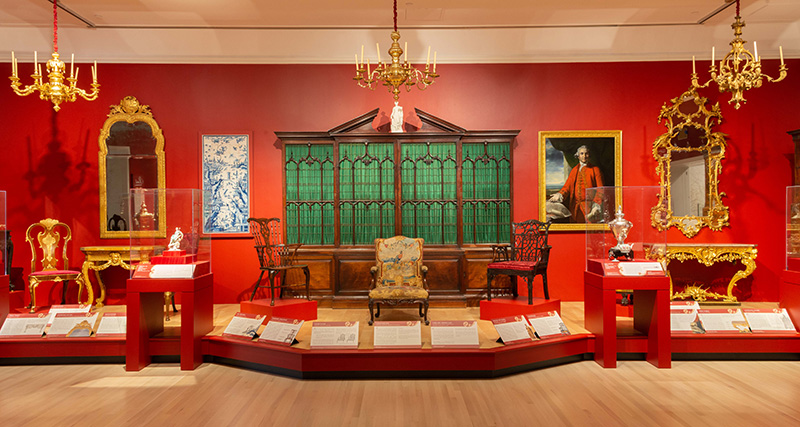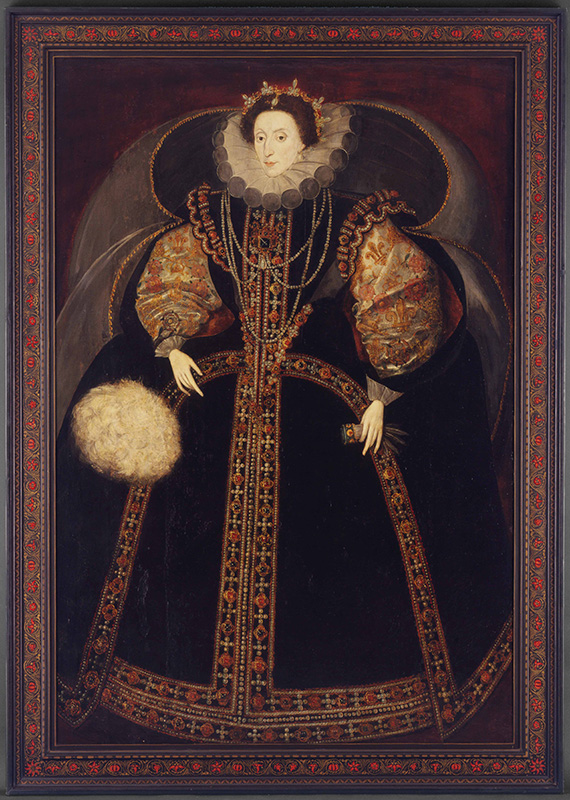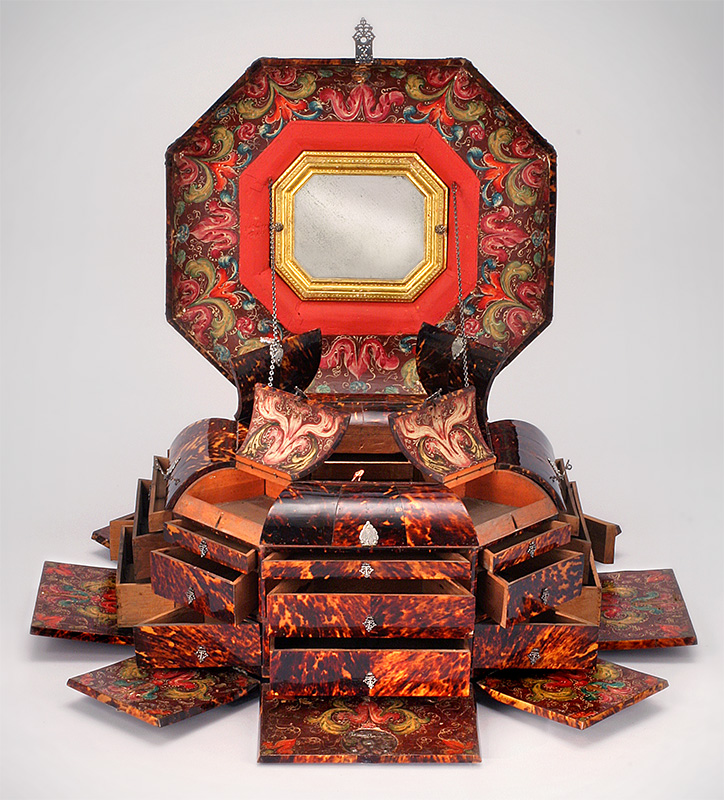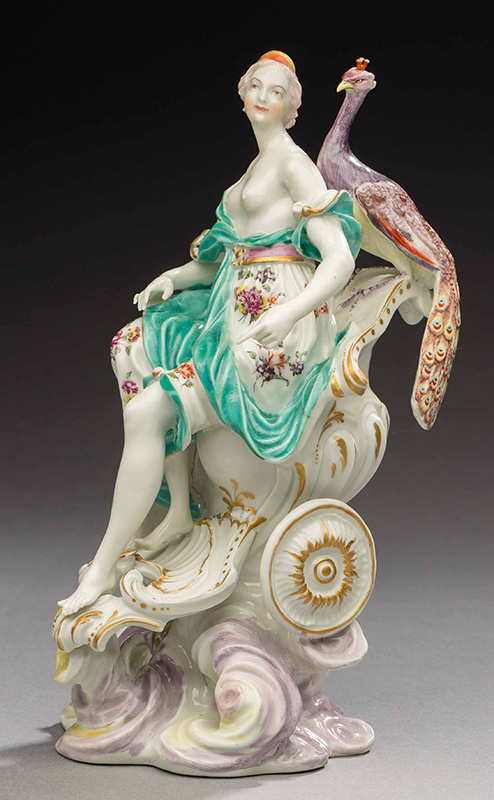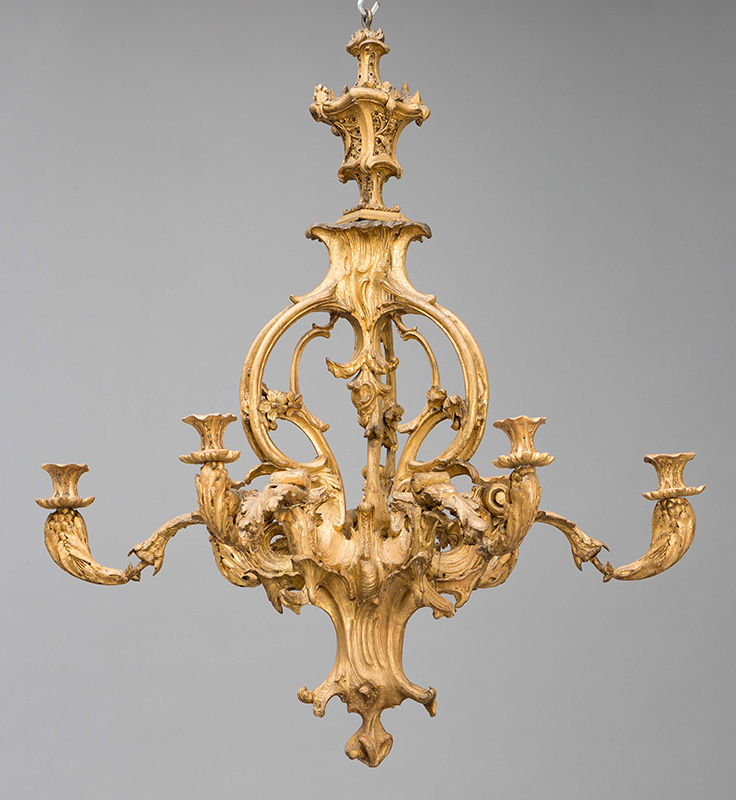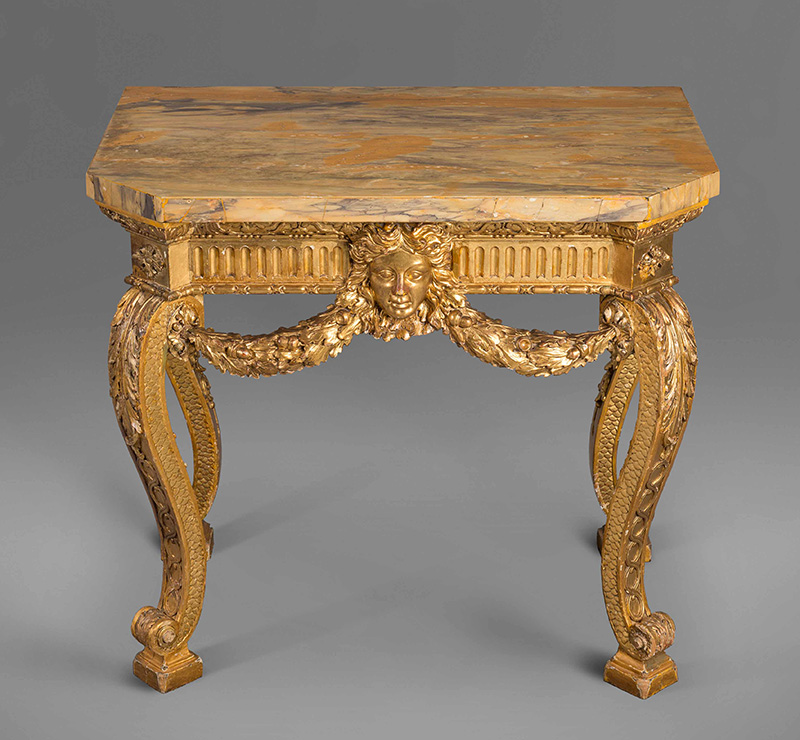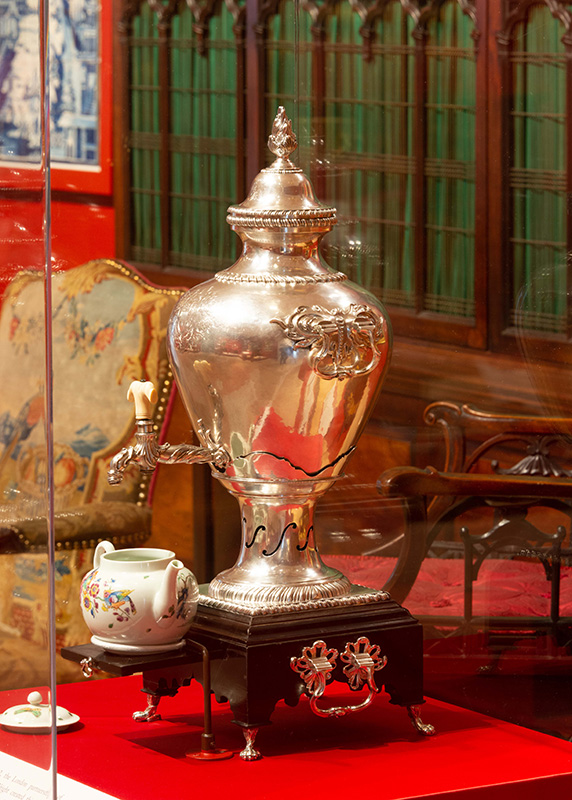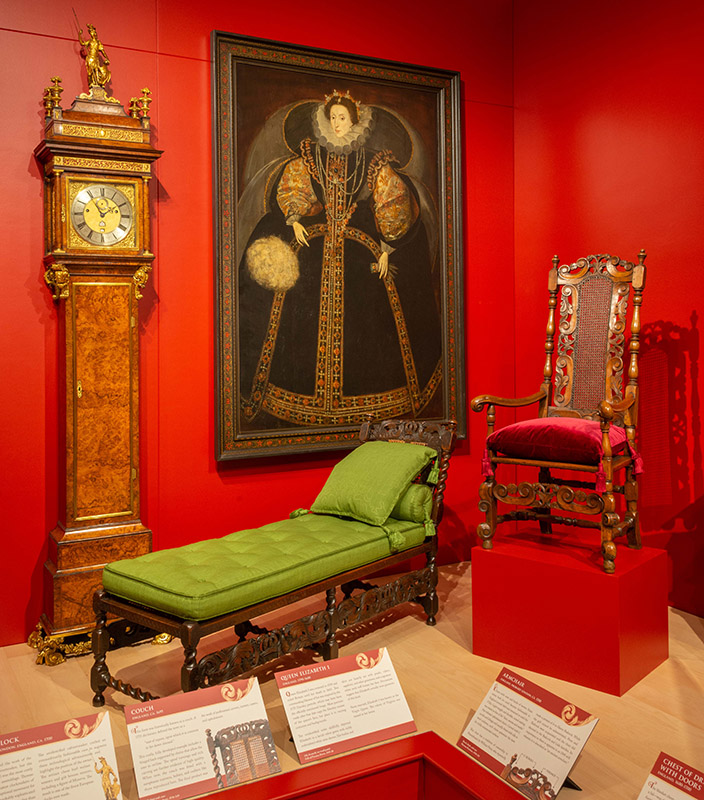Masterpieces of British Design in New Exhibition at Colonial Williamsburg
When the first curators at Colonial Williamsburg acquired objects for the collection, they purchased what they believed to be appropriate furnishings for the buildings under restoration. These pieces of historical importance and intrinsic beauty were assembled as installations that reflect what we now refer to as the Colonial Revival style. John D. Rockefeller Jr., who financed Colonial Williamsburg’s creation, envisioned that these objects “should become second to no collection of its kind in the country.”
As scholarship evolved over the ensuing decades, later generations of curators concluded that Virginia colonists typically furnished their houses in the “neat and plain” style rather than with the elegant English material gracing the interiors of Colonial Williamsburg’s buildings. As a result, significant examples of British fine and decorative arts were replaced with more appropriate objects and have not been on public view for many years.
This status changed when British Masterworks: Ninety Years of Collecting at Colonial Williamsburg opened in February at the DeWitt Wallace Decorative Arts Museum (figure 1). The installation ranges from portraits to furniture to ornate decorative arts.
“Most exhibitions at the Art Museums focus on and reinforce the foundation’s mission of sharing early America’s story through objects,” says Ronald L. Hurst, Colonial Williamsburg’s vice president for museums, preservation, and historic resources and the Carlisle H. Humelsine chief curator. “British Masterworks offers an opportunity to highlight the aesthetic qualities of these objects and Colonial Williamsburg’s deep history of collecting.”
Organized chronologically, the high-style objects showcased in British Masterworks were chosen by Hurst and Margaret Beck Pritchard, deputy chief curator and Trust Governor, who co-curated the exhibition. “Selecting the objects for this exhibit was a fabulous experience,” said Pritchard. “All of the pieces reflect our shared response to beauty and craftsmanship.”
Among the highlights is a portrait of Elizabeth I (figure 2), the Virgin Queen, for whom the colony of Virginia was named. This commanding likeness was painted in London between 1590 and 1600 by an unknown artist and was inspired by the so-called 1575 Darnley portrait, which may have been her officially sanctioned image. In this painting, the queen is skillfully depicted in a lavish velvet gown, bodice, and skirt heavily set with gemstones, and her signature white neck ruff frames her face.
Another object associated with British royalty is a jewelry or dressing box (figure 3) with a long history of ownership in England that was presented to Colonial Williamsburg by Queen Elizabeth II in 1957 to mark the 350th anniversary of the Jamestown settlement. Made in Puebla, Mexico, between 1660 and 1710, this ornate box, veneered in tortoiseshell, has mother-of-pearl motifs that include an eagle, wolf, badger, beaver, armadillo, stag, griffin, and elephant as well as an allegorical figure of America. The box illustrates the intersection of Asian, Mexican, and European traditions in the colony of New Spain, which contributed to a distinctive aesthetic. The maker’s choice of mostly native Mexican fauna and the depiction of America suggest that the box was originally produced for a wealthy Spaniard with ties to New Spain, but the box has a long tradition of ownership in the family of Admiral Sir Charles Wager, the English Commander-in-Chief for Jamaica from 1707–1709.
Some more recent acquisitions are included in the show, including a figure of Juno (figure 4), the Roman goddess of love, a popular image reproduced by the Derby porcelain manufactory. Ornamental figures were the pinnacle of luxury ceramics in 18th-century Britain, many times more expensive than Chinese porcelain available to the English consumer in the same period. Sold singly or in sets, they were status symbols for the well-bred English gentleman or lady. Owning porcelain figures of Greek and Roman gods and goddesses was seen as an illustration of sophistication and cultural awareness.
Thomas Chippendale suggested in the 1762 edition of his Director that chandeliers “if neatly done in Wood, and gilt in burnished Gold would look better, and come much cheaper” than brass or glass examples. A chandelier (figure 5), made c. 1760, is another highlight of the exhibition and has a history of use at Beningborough Hall in Yorkshire. The fixture exemplifies in exceptional fashion the importance of asymmetry in Rococo design, which very few English objects exhibit to the fullest. The chandelier has stylized interpretations of shell, rock, and scroll motifs. When lit by flickering candles, it gave the appearance of movement.
A print version of this article was published in The Magazine of the Decorative Arts Trust, one of our most popular member benefits. Join today!

